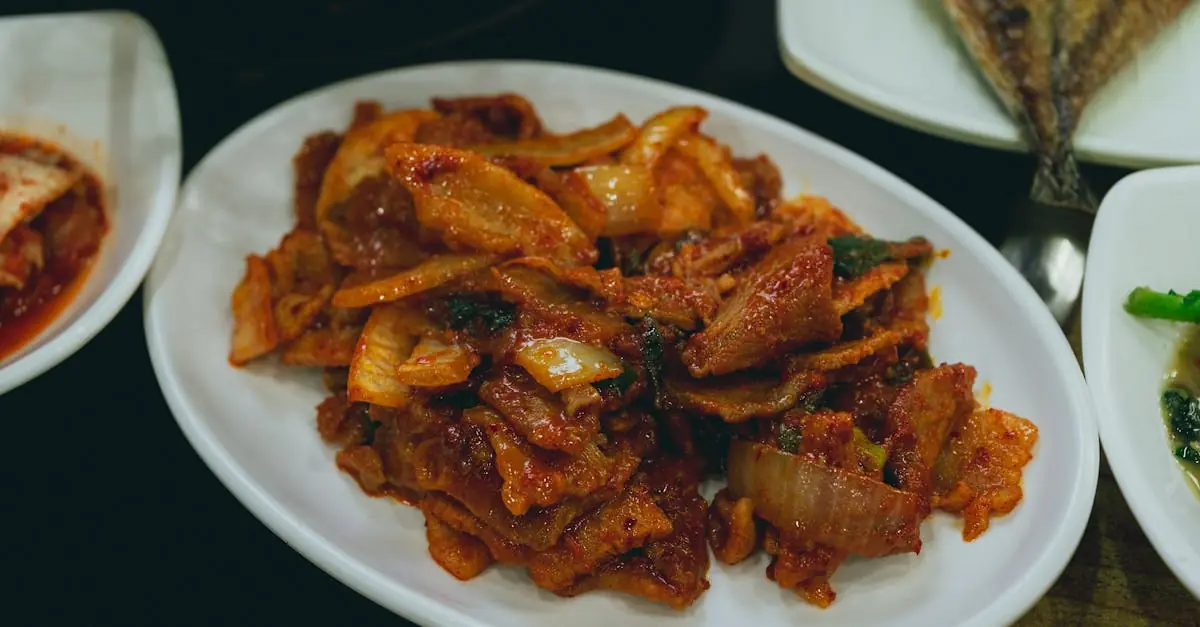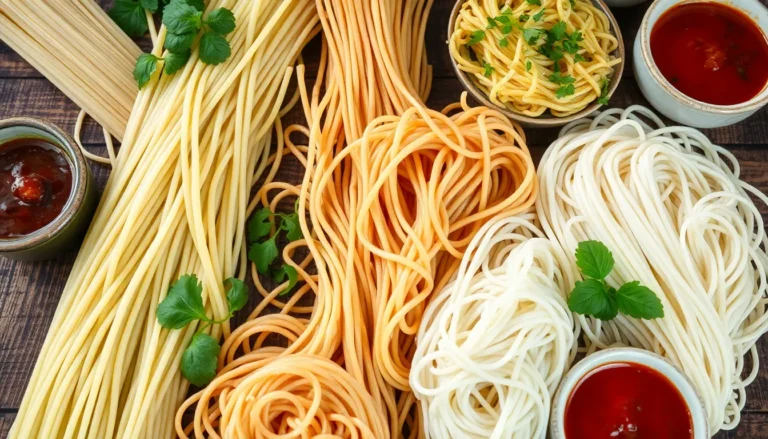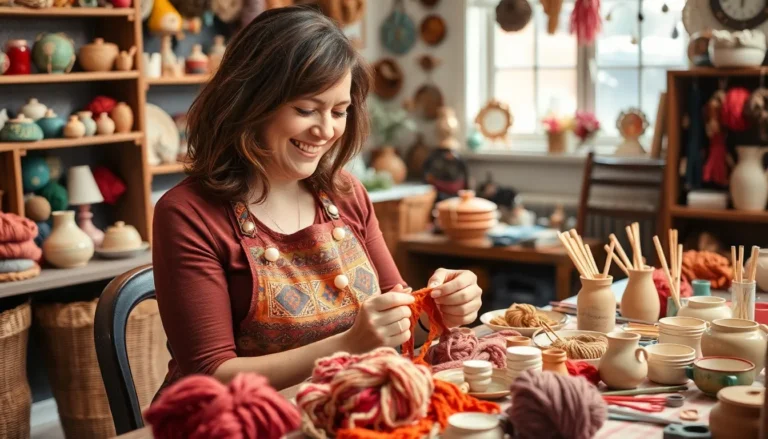Table of Contents
ToggleImagine stepping onto a doormat that not only welcomes guests but also sparks a smile. Homemade doormats are the perfect blend of functionality and creativity, turning an ordinary entryway into an extraordinary expression of personality. Why settle for boring when you can craft a masterpiece that reflects your unique style?
Benefits Of Homemade Doormats
Homemade doormats offer numerous advantages that enhance both functionality and aesthetics of an entryway. They provide an effective way to show creativity while fulfilling practical needs.
Cost-Effectiveness
Creating a homemade doormat often costs less than purchasing a commercially made item. Materials like reclaimed wood, outdoor carpet remnants, or craft supplies serve as budget-friendly options. They allow for creativity without breaking the bank. Needing just minimal tools, DIY doormats can be crafted quickly and efficiently. Overall, individuals can save money while producing an item tailored to their home.
Customization Options
Homemade doormats present endless customization possibilities. Unique designs, colors, and patterns let individuals express their personal style. Names, family initials, or favorite quotes can easily be incorporated into the design. Painting, stenciling, or adding embellishments increase personalization further. Such versatility makes it possible for anyone to create doormats that align perfectly with their tastes and home decor.
Popular Materials For Homemade Doormats
Various materials suit homemade doormats, enhancing both design and functionality. Choosing the right material affects durability and appearance.
Natural Fibers
Natural fibers provide an eco-friendly option for creating doormats. Jute, coir, and cotton represent popular choices among enthusiasts. Jute’s durability and rustic look make it suitable for outdoor settings. Coir, derived from coconut husks, offers excellent water resistance and resilience. Cotton is soft and easy to clean, perfect for entryways. These fibers allow various designs and textures, making them ideal for personalized doormats.
Synthetic Materials
Synthetic materials offer versatility and durability for homemade doormats. Options like polypropylene and nylon resist wear and moisture effectively. Polypropylene stands out due to its affordability and vibrant colors. Nylon provides excellent stain resistance, ideal for high-traffic areas. Both materials facilitate intricate designs, allowing creators to personalize their doormats easily. Additionally, synthetic options often enhance longevity compared to some natural fibers, ensuring a lasting first impression at the entrance.
Easy DIY Homemade Doormat Ideas
Creative doormat projects offer unique ways to enhance any entryway. Here are two popular ideas to get started.
Painted Doormats
Painted doormats provide endless design possibilities for personalization. Start with a plain coir or canvas mat. Use outdoor paint for durability, ensuring it withstands weather elements. Stencils offer a great option for creating intricate designs or lettering. Consider seasonal themes, family names, or welcoming messages for a personal touch. Let the mat dry completely, and seal it with a weatherproof spray to extend its life. These doormats make a striking first impression and stand out as a reflection of personal style.
Fabric Scrap Doormats
Fabric scrap doormats utilize leftover fabrics for a unique, eco-friendly solution. Gather an assortment of vibrant scrap materials, including cotton, linen, or upholstery remnants. Cut the fabrics into strips or squares, and attach them to a sturdy backing like rubber or a piece of felt. A zig-zag or braided design adds texture and visual interest. The various patterns make each mat distinct while recycling unused materials. These doormats not only showcase creativity but also contribute to a sustainable approach, demonstrating an environmentally conscious choice.
Maintenance Tips For Homemade Doormats
Maintaining homemade doormats keeps them looking fresh and ensures durability. Regular care protects the investment in creativity and functionality.
Cleaning Techniques
Vacuuming regularly prevents dust and debris buildup. Shake out doormats monthly to remove loose dirt. For deeper cleaning, hose down coir or jute mats and scrub with mild soap. Use a sponge for stubborn stains before rinsing thoroughly. Let doormats dry completely to avoid mold and mildew. For fabric scrap doormats, machine washing on a gentle cycle is an option if the materials allow it. Air drying maintains the shape and texture of the fabric.
Longevity Practices
Placing doormats in sheltered areas reduces exposure to harsh weather. Rotating them periodically prevents uneven wear. Avoid using doormats in direct sunlight to prevent fading of colors. Choosing a backing material can help grip surfaces and reduce slippage. Monitor the condition regularly to address wear and tear promptly. Repairing small damages extends the life of the doormat, keeping it functional and attractive.
Homemade doormats offer a fantastic opportunity to showcase creativity while enhancing the entrance of any home. By choosing unique designs and materials, individuals can create doormats that not only serve a practical purpose but also reflect their personal style. The DIY process allows for cost-effective solutions that don’t compromise on quality or aesthetics.
With proper maintenance, these personalized doormats can maintain their charm and functionality for years to come. Embracing the art of crafting doormats opens the door to endless possibilities, making every entryway a welcoming and distinctive space. It’s time to get creative and transform that ordinary entry into something truly special.







